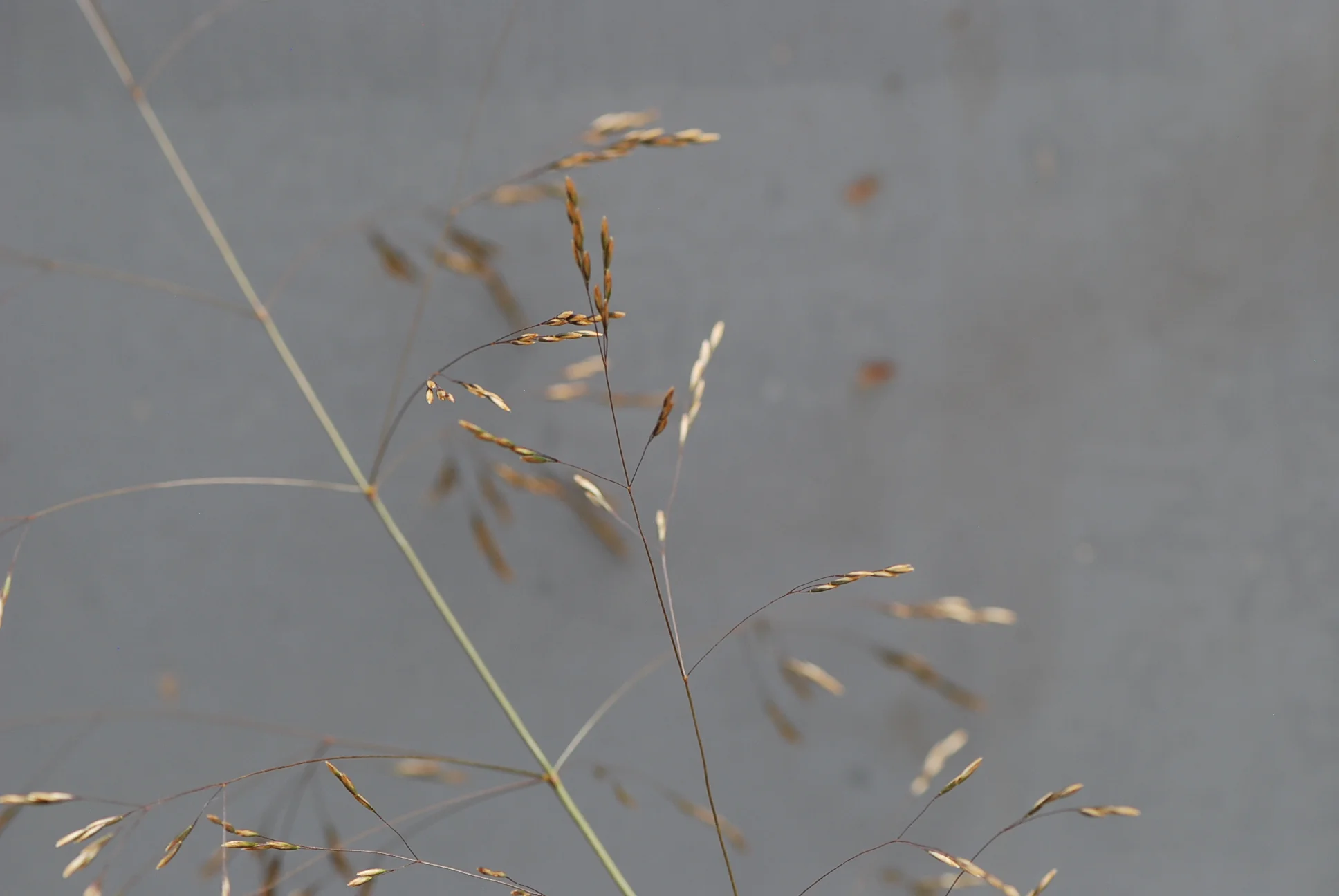Tufted Hairgrass
Characteristics:
Tufted hairgrass is a native, perennial, tussock forming grass found along streambanks and in moist meadows, fields, wet ditches and open areas surrounding lakes and ponds. It has approximately four million seeds per pound and therefore can be planted at significantly lower rates than many native species. Tufted hairgrass is a large densely tufted, course, long lived, perennial bunch grass. It has bright green foliage and a large volume of fountain-like seed culms emerging in early spring, making it highly aesthetic. Tufted hairgrass prefer open sites. This grass is rarely, if ever an under story species of temperate forest communities (Brown et al. 1988). In the Pacific Northwest tufted hairgrass form pure stands in wet and intermittently flooded areas such as tidal mudflats and estuaries plant communities. It grows in seeps bogs, and brackish waters along the coastal waterways. It is a very salt tolerant grass and, as a result, is commonly included in many restoration or revegetation projects where brackish water exists. Tufted hairgrass is also a rapid invader of disturbed sites at high elevations (8,000 ft - Cascade & Sierra Range). Such characteristics make it valuable for reclamation of disturbed high elevation mines, ski slopes and high elevation meadows. Tufted hairgrass, unlike blue wildrye, is genetically heterogeneous, self-incompatible and requires wind and insect pollinators for effective fertilization. Tufted hairgrass should be included in wetland, restoration projects since it provides very dense nesting foliage and has a very long summer green period. It is also a valuable streambank erosion plant where long-term stabilization is necessary, and should be established with a nurse crop (blue wildrye, meadow barley, California brome, Alaska brome) or native straw mulch for superior first year establishment.

